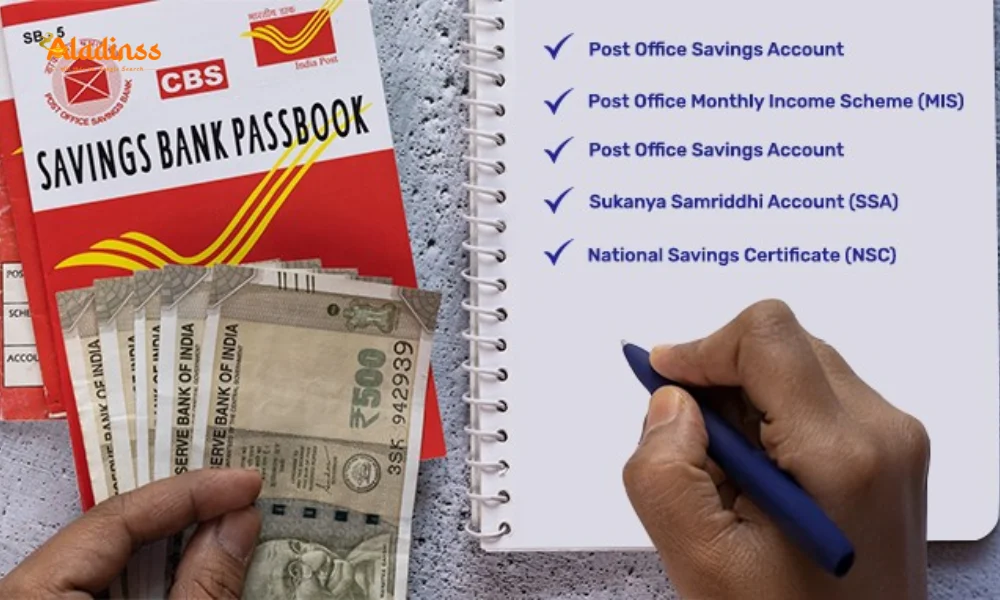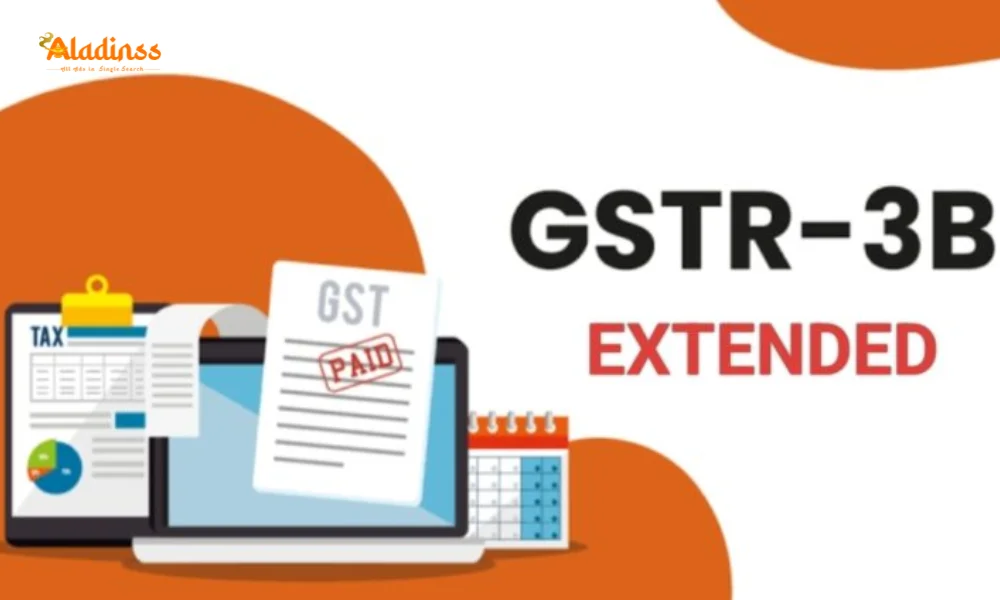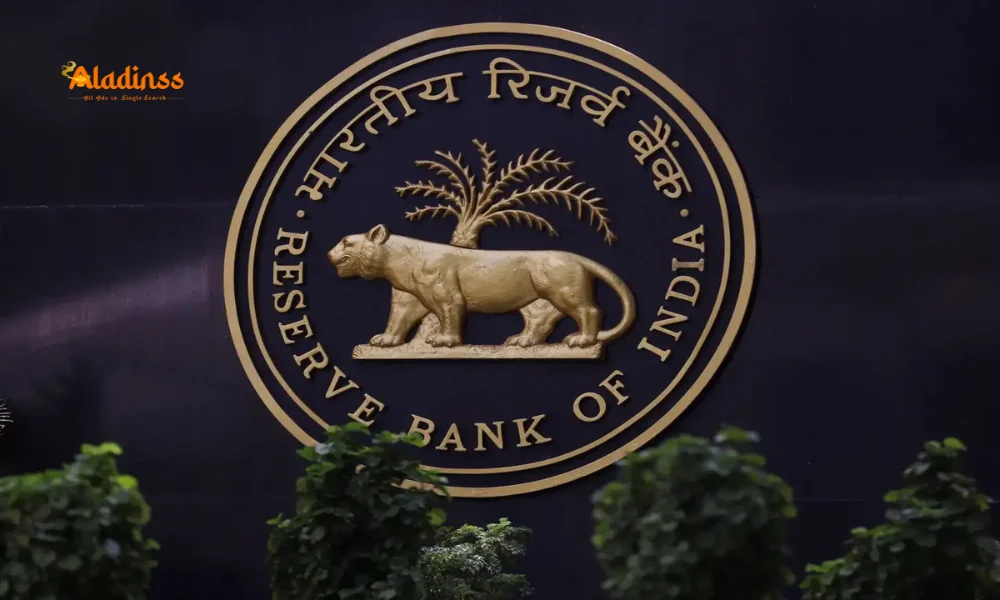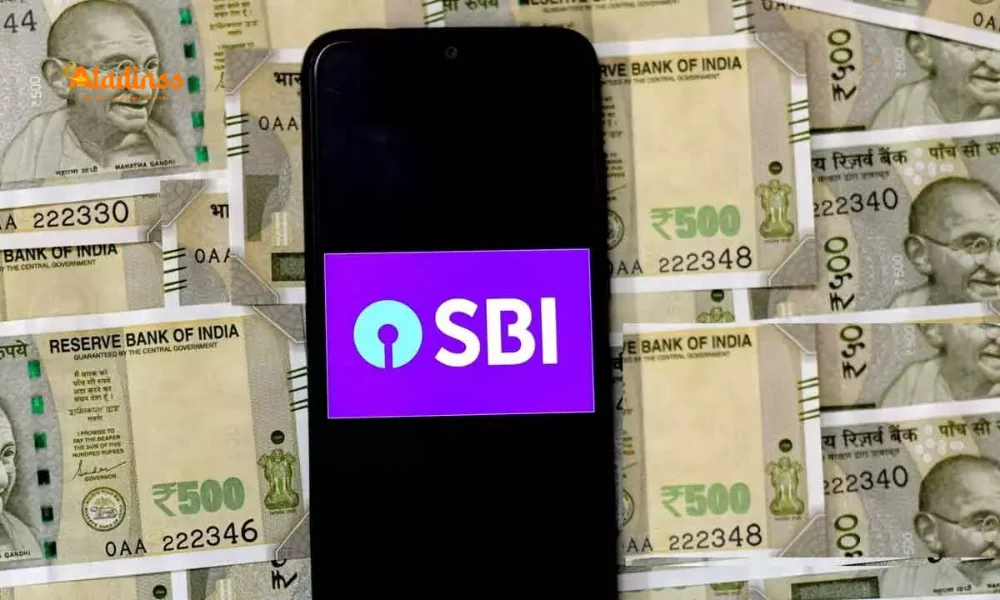Income Tax Return 2025: Verify Your ITR Filing

Income Tax Return 2025: How to Check If You Filed ITR Correctly
As the deadline for filing Income Tax Returns (ITR) for the Assessment Year (AY) 2025-26 looms on September 15, 2025, taxpayers across India are in the final stretch to submit their returns. Over 4.66 crore ITRs have already been filed, with 3.23 crore processed by the Income Tax Department. With less than 10 days remaining, tax experts urge taxpayers to avoid last-minute filings due to frequent technical glitches on the income tax portal during peak times. For those filing ITRs independently, ensuring the return is filed correctly is critical to avoid penalties, refund delays, or notices from the department. This comprehensive guide details the steps to verify your ITR for FY 2024-25 (AY 2025-26), ensuring compliance and a seamless tax filing experience.
The Importance of Verifying Your ITR Filing
Filing an ITR is mandatory for individuals whose taxable income exceeds the basic exemption limit, which for FY 2024-25 is Rs. 2.5 lakh under the old tax regime and Rs. 3 lakh under the new tax regime. However, submitting the ITR is only the first step; verifying it is equally crucial. An unverified ITR is deemed invalid under Section 139 of the Income Tax Act, 1961, potentially leading to penalties, rejection of tax benefits, or delays in refund processing. The Central Board of Direct Taxes (CBDT) extended the filing deadline from July 31 to September 15, 2025, to address challenges with updated filing utilities, giving taxpayers additional time to ensure accuracy.
Verification ensures that the Income Tax Department recognizes your ITR as complete, enabling processing for refunds or assessments. Errors in filing, such as incorrect income details or mismatched tax credits, can trigger notices or audits. By following a systematic verification process, taxpayers can confirm their ITR is error-free and compliant, minimizing the risk of complications.
Step 1: Check ITR Acknowledgement (ITR-V)
Upon successful submission of your ITR, the Income Tax Department generates an acknowledgement form known as ITR-V (Income Tax Return-Verification). This document confirms that your return has been filed and includes essential details like your PAN, assessment year, filing date, and return status. To verify your ITR-V:
1. Log in to the Income Tax e-filing portal using your PAN and password.
2. Navigate to the ‘e-File’ section, select ‘Income Tax Returns,’ and click ‘View Filed Returns.’
3. Choose Assessment Year 2025-26 and download the ITR-V.
4. Review the ITR-V for accuracy, ensuring details like your PAN, income, tax computations, and filing date match your submitted return.
If you spot errors, such as incorrect income or deductions, you can file a revised return under Section 139(5) before December 31, 2025. The ITR-V is your primary proof of filing, so store it securely, either digitally or as a printed copy, for future reference.
Step 2: Confirm Return Submission Status
After submitting your ITR, check the submission status on the e-filing portal. The status should display either ‘Successfully e-Verified’ or ‘ITR Filed and Pending Verification.’ If it’s pending, you must complete the verification process within 30 days to validate your return. An unverified ITR is considered invalid, which can lead to penalties or loss of refund eligibility.
E-verification is the most convenient method and can be done via:
- Aadhaar OTP: Receive a one-time password on your Aadhaar-linked mobile number.
- Net Banking: Generate an Electronic Verification Code (EVC) through your bank’s net banking portal.
- Demat Account: Use your Demat account to obtain an EVC.
- Digital Signature Certificate (DSC): Instantly verify your ITR if you have a registered DSC.
For offline verification, download the ITR-V, sign it, and mail it to the Centralized Processing Centre (CPC) at: CPC, Post Bag No. 1, Electronic City Post Office, Bengaluru – 560100, Karnataka. Use speed post to ensure timely delivery within the 30-day window. Track the status of your ITR-V dispatch on the India Post website using the tracking number.
Step 3: Validate Bank Details for Refunds
If you’re expecting a tax refund, accurate bank details are critical to ensure seamless crediting. Refunds are directly deposited into your bank account, which must be pre-validated and e-verified on the e-filing portal. To check your bank details:
1. Access the ‘My Bank Account’ section under your profile on the e-filing portal.
2. Confirm that the account number and IFSC code are correct.
3. Ensure the account is pre-validated to facilitate refund processing.
Incorrect or unvalidated bank details can cause refund failures, requiring you to update your details and request a refund reissue. To initiate a reissue, visit the ‘Refund Reissue’ section on the portal and submit the corrected details. Regularly check your registered email for notifications from the Income Tax Department regarding refund status or issues.
Step 4: Track Your Refund Status
For taxpayers claiming a refund, monitoring its status is essential to confirm that your ITR was filed correctly. Refunds are typically processed within 4-5 weeks after e-verification, though discrepancies can cause delays. To track your refund:
- Visit the NSDL refund portal and enter your PAN, assessment year, and ITR acknowledgement number.
- Alternatively, check the e-filing portal under ‘e-File’ > ‘Income Tax Returns’ > ‘View Filed Returns’ and select ‘View Details’ for refund updates.
Delays beyond 4-5 weeks may indicate issues such as mismatched TDS, incorrect bank details, or pending verification. Address these promptly by responding to any department notifications or updating your details on the portal to expedite refund processing.
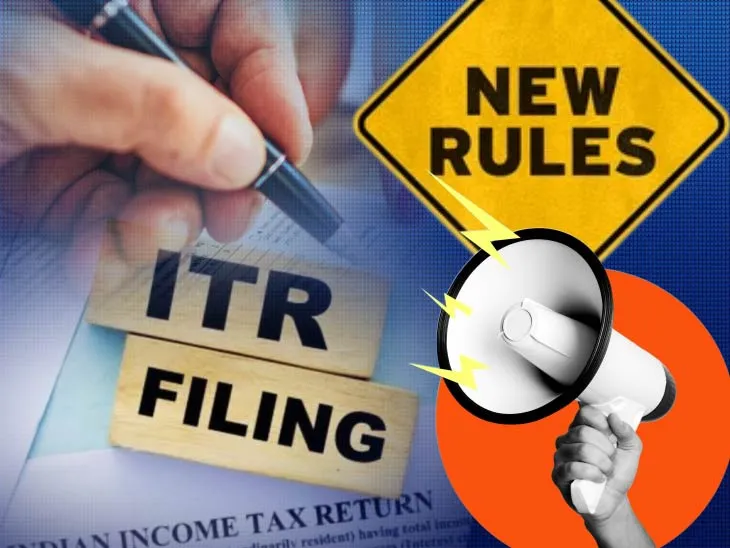
Key Checks to Ensure Accurate ITR Filing
Cross-Check with Form 26AS and AIS
Form 26AS and the Annual Information Statement (AIS) are vital tools for ensuring your ITR aligns with the Income Tax Department’s records. Form 26AS details tax deducted at source (TDS), tax collected at source (TCS), and advance tax payments, while the AIS provides a comprehensive view of your financial transactions, including income from salary, interest, or investments. To verify:
- Download Form 26AS and AIS from the e-filing portal under the ‘e-File’ > ‘Services’ section.
- Compare all income sources, such as salary, bank interest, or capital gains, with your ITR.
- Ensure TDS and advance tax payments match the amounts claimed in your return.
- Contact deductors (e.g., employers or banks) to rectify any discrepancies in Form 26AS or AIS.
Mismatches can lead to demand notices under Section 143(1) or refund delays. For instance, unreported interest income from a fixed deposit could result in additional tax liability. Early reconciliation prevents such issues and ensures compliance.
Verify Deductions and Exemptions
Deductions and exemptions reduce your taxable income, but errors in claiming them can trigger scrutiny. Common deductions include Section 80C (up to Rs. 1.5 lakh for investments like PPF or ELSS), Section 80D (health insurance premiums), and exemptions like House Rent Allowance (HRA). To ensure accuracy:
- Verify investment proofs, such as receipts for insurance premiums, mutual funds, or tuition fees.
- Confirm HRA calculations with rent receipts and your landlord’s PAN (if rent exceeds Rs. 1 lakh annually).
- Ensure deductions align with the chosen tax regime, as the new regime offers fewer deductions but lower tax rates.
For AY 2025-26, the new tax regime is the default, but taxpayers can opt for the old regime by selecting it in the ITR form before September 15, 2025. Incorrect claims, such as overstating deductions, can lead to notices or disallowances, so double-check all supporting documents.
Check Intimation Under Section 143(1)
After processing your ITR, the Income Tax Department sends an intimation under Section 143(1) to your registered email. This notice compares your filed income, deductions, and tax details with the department’s records and may indicate:
- No Adjustments: Your ITR was processed as filed, confirming its accuracy.
- Refund Adjustment: A refund is due and will be credited to your bank account.
- Demand Notice: Discrepancies, such as unreported income or incorrect deductions, require additional tax payment or clarification.
If you receive a demand notice, review the discrepancies and respond through the e-filing portal within 30 days. You can also file a rectification request under Section 154 if the department’s calculations are incorrect. An intimation with no adjustments is a strong indicator of a correctly filed ITR.
Tips to Avoid Common ITR Filing Errors
To ensure a seamless ITR filing process for AY 2025-26, consider these practical tips to avoid common mistakes:
1. File Early: Submit your ITR well before September 15, 2025, to avoid portal glitches and reduce the risk of errors.
2. Leverage Pre-Filled Data: Use the pre-filled ITR data from Form 26AS and AIS, but verify and include any additional income sources, such as savings account interest.
3. Select the Correct ITR Form: Choose the appropriate form based on your income profile (e.g., ITR-1 for salaried individuals with income up to Rs. 50 lakh, ITR-2 for capital gains).
4. Link PAN with Aadhaar: Ensure your PAN is linked with Aadhaar to facilitate e-verification and refund processing.
5. Maintain Documentation: Keep records of investment proofs, rent agreements, and TDS certificates in case the department requests them during scrutiny.
By meticulously following these steps and tips, taxpayers can confirm that their ITR for AY 2025-26 is filed accurately, verified promptly, and processed without delays, ensuring compliance and a hassle-free tax experience.
Comment / Reply From
No comments yet. Be the first to comment!
